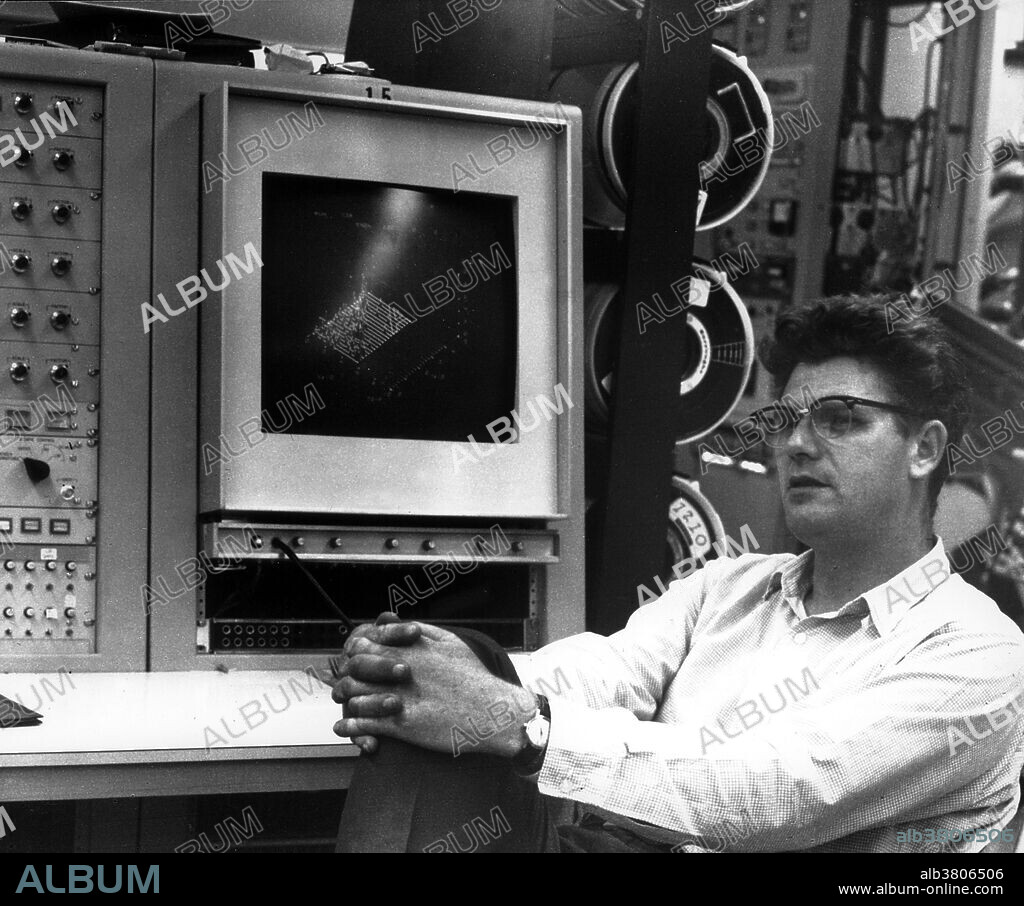alb3806506
Richard E. Taylor, Canadian Physicist

|
Add to another lightbox |
|
Add to another lightbox |



Buy this image.
Select the use:

Title:
Richard E. Taylor, Canadian Physicist
Caption:
Richard Edward Taylor (born November 2, 1929) is a Canadian physicist. He received his BSc (1950) and MSc (1952) degrees from the University of Alberta. He applied to work for a PhD degree at Stanford University, where he joined the High Energy Physics Laboratory. He worked on the design and construction of the equipment for the Stanford Linear Accelerator. The experiments run at SLAC in the late 60s-early 70s involved scattering high-energy beams of electrons from protons and deuterons and heavier nuclei. The SLAC-MIT experiments showed that higher energy electrons could be scattered through much higher angles, with the loss of some energy. These results provided the first experimental evidence that protons and neutrons were made up of point-like particles, later identified to be the up and down quarks that had previously been proposed on theoretical grounds. Taylor, Friedman and Kendall were jointly awarded the Nobel Prize in 1990 "for their pioneering investigations concerning deep inelastic scattering of electrons on protons and bound neutrons, which have been of essential importance for the development of the quark model in particle physics." Photograph dated 1967.
Personalities:
Category:
black & white • Science: Personalities
Credit:
Album / DOE/Science Source
Releases:
Image size:
3900 x 3249 px | 36.3 MB
Print size:
33.0 x 27.5 cm | 13.0 x 10.8 in (300 dpi)
Keywords:
1967 • 20 20TH XX XXTH TWENTIETH CENTURY • 20 XX TWENTIETH CENTURY • 20TH CENTURY • 20TH • BLACK & WHITE • BW • CANADIAN • CELEBRITIES • CELEBRITY • DESIGN TEAM • FAMOUS PEOPLE • FAMOUS • FIGURE • HISTORIC • HISTORICAL • HISTORY • IMPORTANT • MALE • MAN • MEN • NOBEL LAUREATE • NOBEL PRIZE LAUREATE • NOBEL PRIZE RECIPIENT • NOBEL PRIZE WINNER • NOBEL PRIZE • NOBEL RECIPIENT • NOBEL WINNER • NOBEL • NOBELIST • NOTABLE • PARTICLE PHYSICIST • PARTICLE PHYSICS • PEOPLE • PERSON • PERSONALITIES • PERSONALITY • PHOTO • PHOTOGRAPH • PHYSICIST • RICHARD E. TAYLOR • RICHARD EDWARD TAYLOR • RICHARD TAYLOR • SAVANT • SCIENCE • SCIENCE: PERSONALITIES • SCIENTIFIC • SCIENTIST • SLAV • STANFORD LINEAR ACCELERATOR • TAYLOR • TWENTIETH CENTURY • WELL-KNOWN


 Pinterest
Pinterest Twitter
Twitter Facebook
Facebook Copy link
Copy link Email
Email
